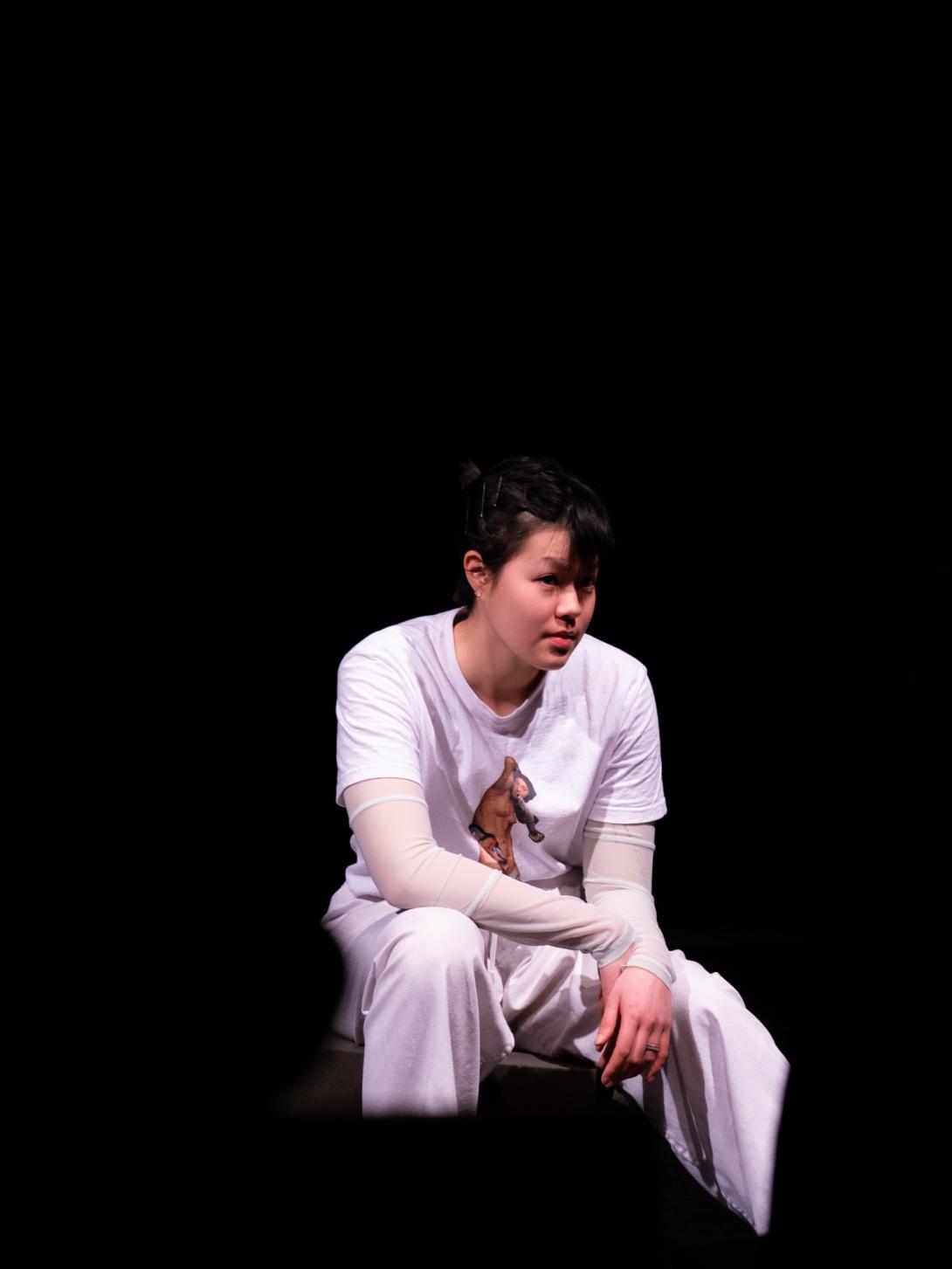| Lun | Mar | Mer | Jeu | Ven | Sam | Dim |
|---|---|---|---|---|---|---|
|
1
|
2
|
3
|
4
|
5
|
6
|
7
|
|
8
|
9
|
10
|
11
|
12
|
13
|
14
|
|
15
|
16
|
17
|
18
|
19
|
20
|
21
|
|
22
|
23
|
24
|
25
|
26
|
27
|
28
|
|
29
|
30
|
31
|
|
|
|
|
Savoir plus - The Silencing
Ici vous trouvez une déscription du spectacle et le générique.
The Silencing: an invitation to listen differently
text by Leonie Persyn
Gesturing toward silence enhances listening.
– Don Ihde
It is a listening that allows for something or someone to be visible without needing them to become something other in order for this to be possible
– Rajni Shah
Every new invention brings a new sound into the world. We are overloaded by sounds in our daily lives: from the alarm clock early in the morning to the drawing of the curtains at night. Sounds get us up and running; they energize, annoy or exhaust us. We consume them and produce them. We cheer, laugh, cry, talk, whisper, burp, rustle, stamp, breathe and snore. We fill the world with noises, but sometimes we can’t do anything else except remain silent.
Over time, silence has often been placed on a continuum together with noise but they have also appeared as contradictory. One denying or disturbing the other. But can sound be truly distinguished from silence? And does silencing equal the elimination of noise or is there something else at stake here?
Silencing suggests an action, an active intervention in the world towards silence. It is often understood as a warrant imposed on others or as a withdrawal. Silencing can be defined as a turning inward, which suggests a moving away, a change of direction, a diminuendo. In these meanings of silencing, one key factor always gets overlooked: listening. An invitation to listen differently is exactly what noise, silence and sound share and what defines how they relate to each other.
From our early childhood onwards, listening plays an important role in how we discover the world. Through listening we get to know the texture of things. It enables us to embody distance and proximity and it lies at the basis of naming and developing a lexicon. Listening is the way we learn to talk and to know others, be it objects or relatives. Young children listen in an embodied way. They touch, look and move in order to hear. Similar to how they speak using their entire body, they listen from head to toe. Along the years, this embodied listening is often replaced by a source-focused listening, performed by the brain and ears. Language and voice take over and limit the body because we are taught that we need to understand what we are listening to. What we actually hear and what it can mean seem to be the only questions remaining.
With The Silencing, David Weber-Krebs sets out to explore the broad range of ways in which we are able to listen. When we label something as silence, sound or noise, it is not necessarily the sounds itself that are changing, but the ways in which we are listening. A certain situation, changing acoustics or a sonic detail can trigger us to engage differently in our listening. Think of how we start to listen in order to find something when nothing happens in front of our eyes. We start to listen within a short range and if we don’t find anything, we widen our circle of attention. We tune our ears to another volume and distance. We stretch our abilities as listeners, we stop searching and spend time with ourselves, others and our environment. Any form of judgment gets suspended. It can take a while in order to reach this point of suspension and sometimes we don’t even find the courage to engage with that which remains invisible. The Silencing invites us to gather exactly at that point of suspension and marks listening as an encounter, a being present amongst each other and in the midst of the situation.
What one hears when accepting this invitation to listen is a polyphony, neither fully sound nor noise, never fully fact nor fiction. Three young performers share snippets of their listening experiences in daily life. Through storytelling, they explore the possibilities and challenges of listening.
They unravel how listening opens up a world of resonance between the inward and the outward, between micro and macro structures in which imagination functions as a generator and care as a gatekeeper. The world created by listening is fragile because the listener needs to appear and disappear at the same time. Listening therefore creates an intimate space that moves as a breathing body, constantly expanding and contracting. The fragility embedded in listening demands care for the I, the other and the ways in which different stories, temporalities and imaginations interact. It stimulates a listening across borders and between the lines. The Silencing is an invitation to share listening to the other’s loved ones, because the possibility to listen will always remain present when nothing can be said or done anymore.

